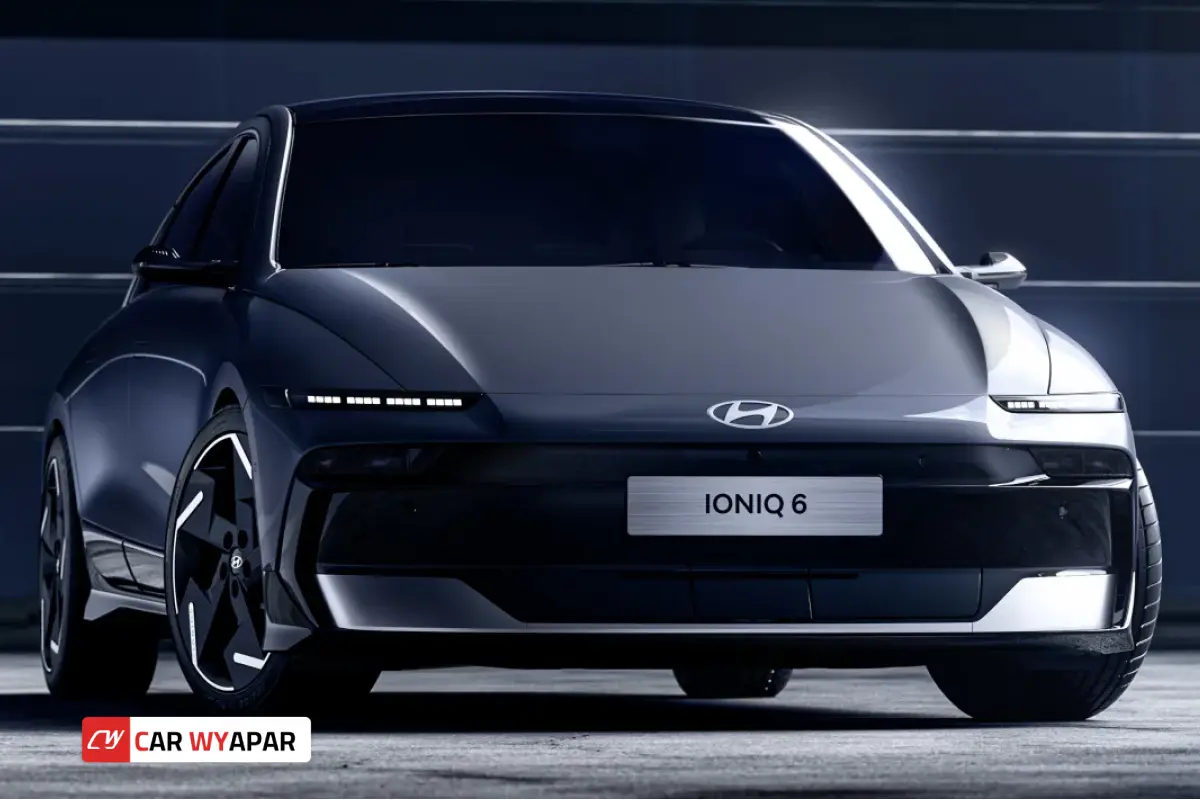After Verna, Here’s Another Weirdly Designed Hyundai Car
Published On 3/4/2025, 3:17:54 pm Author Nitesh YadavHyundai isn’t afraid to push boundaries with its design language, but sometimes the results are… polarizing. The latest Verna, with its "tubelight" front grille, became a meme magnet for its unconventional styling. Now, Hyundai has doubled down with the IONIQ 6, an electric sedan that’s even more audacious—and divisive—in its aesthetics.
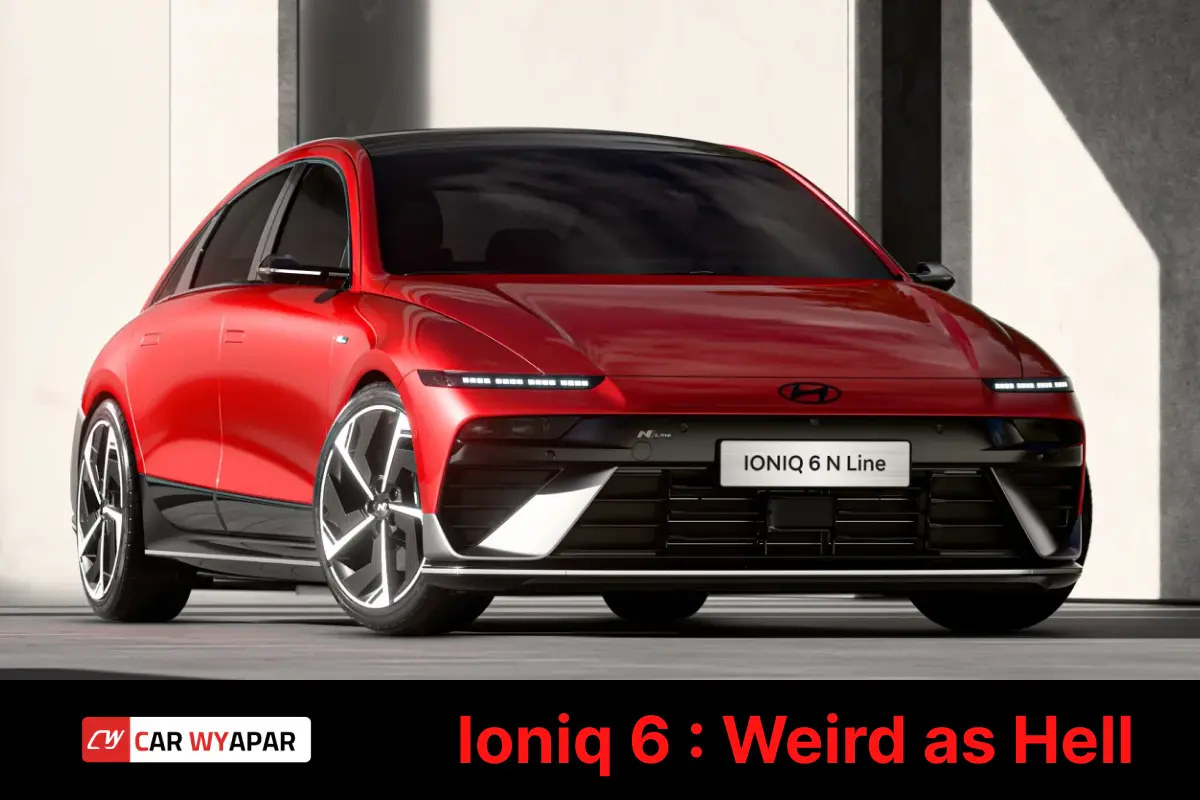
Hyundai’s designers didn’t just think outside the box—they threw the box into a wind tunnel. The IONIQ 6’s unconventional shape draws from 1930s streamliner cars and aviation pioneers, blending retro-futurism with hyper-aerodynamics. Here’s the breakdown:
1930s Streamliners:
Inspired by cult classics like the Stout Scarab (a flying-car-inspired luxury van) and the Phantom Corsair (a sci-fi prototype with hidden doors and flush panels)
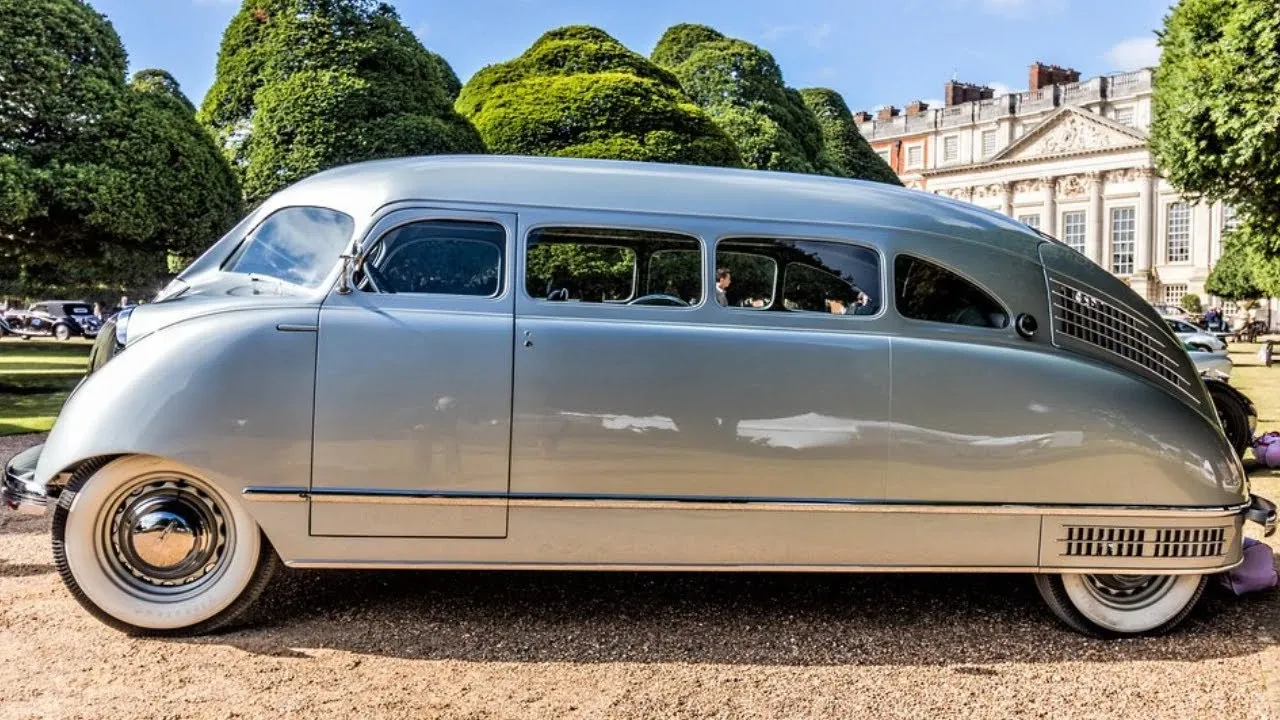
The goal? Mimic the "emotional efficiency" of an era where cars looked like they could take flight
Understanding Ioniq 6 design intents.
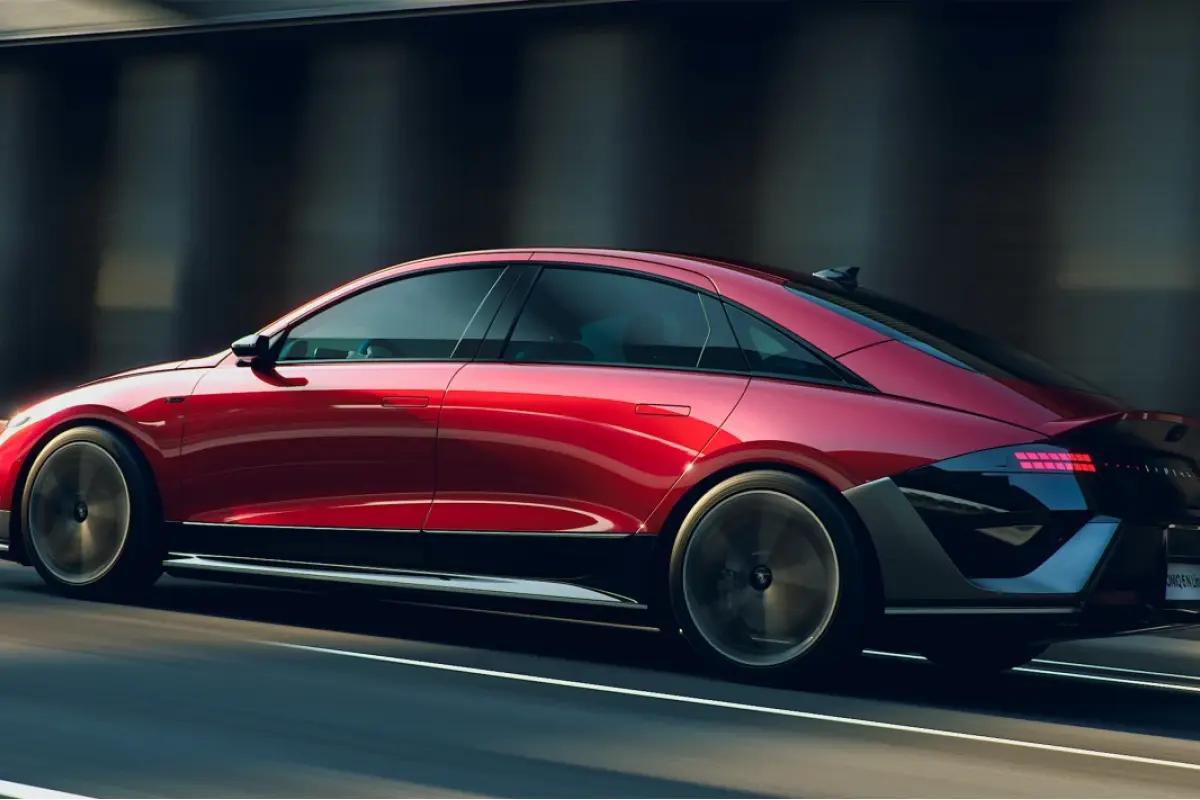
- The rear spoiler’s winglet is a nod to the Supermarine Spitfire fighter plane, designed to reduce drag.
- The low-slung, "banana bendy" profile (a term Hyundai’s designers fought to avoid) echoes aircraft fuselages.
- Hyundai used computational fluid dynamics and a supercomputer to test 70 spoiler designs, achieving a drag coefficient of 0.21—one of the slipperiest shapes on the road .
Hyundai’s design chief, SangYup Lee, has openly admitted that the IONIQ 6’s “streamliner” shape was never meant to please everyone. Instead, it’s engineered to spark obsession in a niche audience.
The Hyundai Ioniq 6's distinctive curves and ducktail spoiler offer a striking contrast to the Tesla Model 3's minimalist design. This design choice is significant because it reflects Hyundai's commitment to creating a unique identity in the electric vehicle market, appealing to consumers who favor expressive and unconventional aesthetics. In contrast, Tesla's minimalist approach emphasizes simplicity and functionality, targeting a different consumer preference.
Even as critics slam the exterior, Hyundai softens the blow with the IONIQ 6’s interior—a “mindful cocoon” of ambient lighting, vegan leather, and gamer-friendly tech. It’s a classic good cop/bad cop strategy:
Exterior: Provokes strong reactions (free marketing).
Interior: Lures skeptics with comfort and innovation (converts haters into fans).
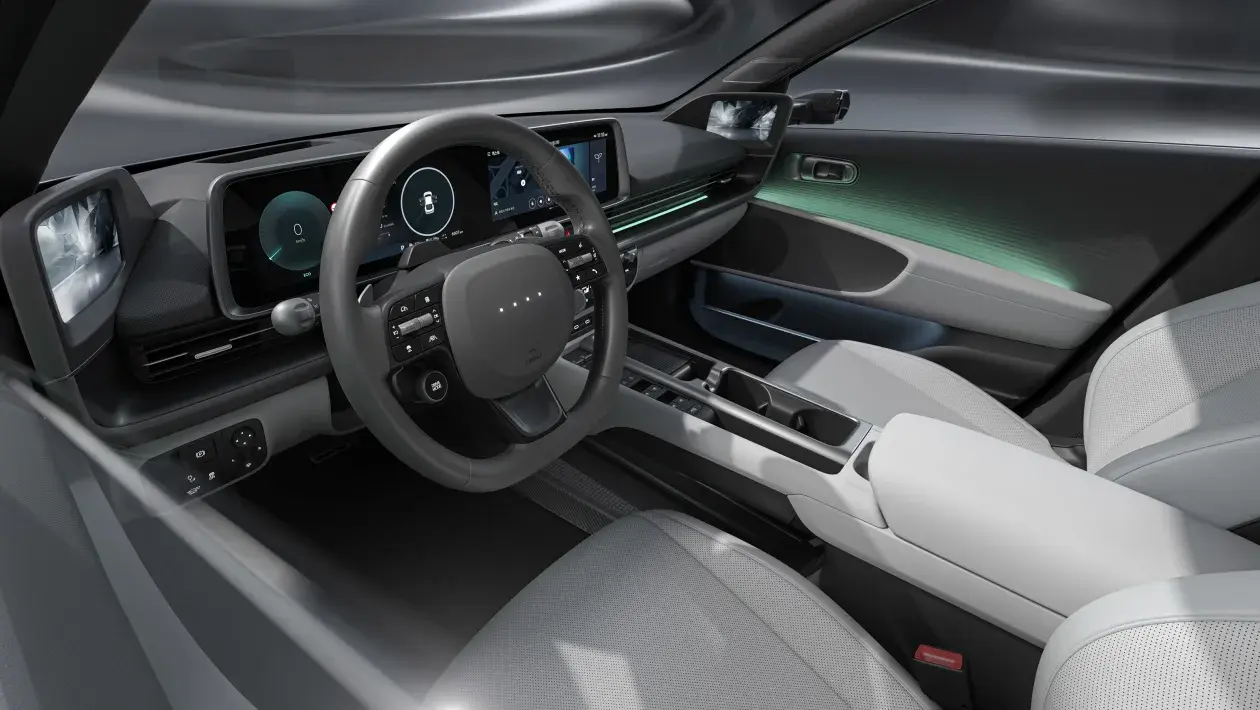
The Hyundai IONIQ 6's interior is a futuristic sanctuary that immediately impresses with its blend of high-tech features and sustainable design.
The cabin features a sleek dual 12.3-inch display setup, merging the digital instrument cluster and infotainment screen into a single curved panel for a cockpit-inspired feel. Ambient lighting with 64 color options and speed-sync technology creates a dynamic atmosphere, while over 700 pixel-inspired LED accents throughout the interior reinforce Hyundai's distinctive EV design language. The "relaxation seats" offer near-flat reclining positions and are 30% thinner than conventional seats, maximizing space in the eco-conscious cabin that uses recycled PET fabrics, bio paints, and vegan leather. Practical touches like the bridge-type center console and button-less slim doors enhance functionality, though some hard plastics and a modest 11.2 cu ft trunk remind us this isn't a luxury vehicle.
Hyundai and Biomimicry
Hyundai’s design philosophy thrives on bold choices—what initially divides opinion often ends up defining trends. The 2020 Creta is a prime example. Its cascading grille, split headlights, and sharp creases sparked debate, with many calling it overstyled. Yet, within months, it dominated the compact SUV market, proving that Hyundai’s "love-it-or-hate-it" styling isn’t just a risk—it’s a strategy that works.
This isn’t by chance. Hyundai’s obsession with nature-inspired design, particularly from the ocean, fuels its unique aesthetic. The "Sensuous Sportiness" philosophy taps into aquatic life for inspiration:
Tucson (2020): The "parametric jewel" grille reflects the patterns of coral reefs.
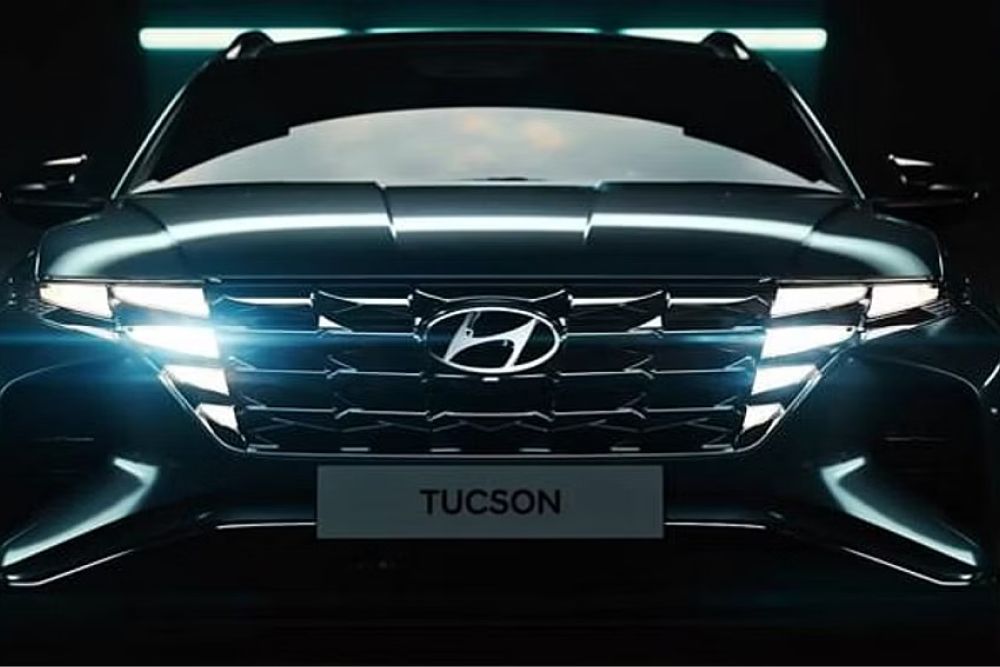
IONIQ 5: Pixelated taillights mimic the adaptive camouflage of a cuttlefish.
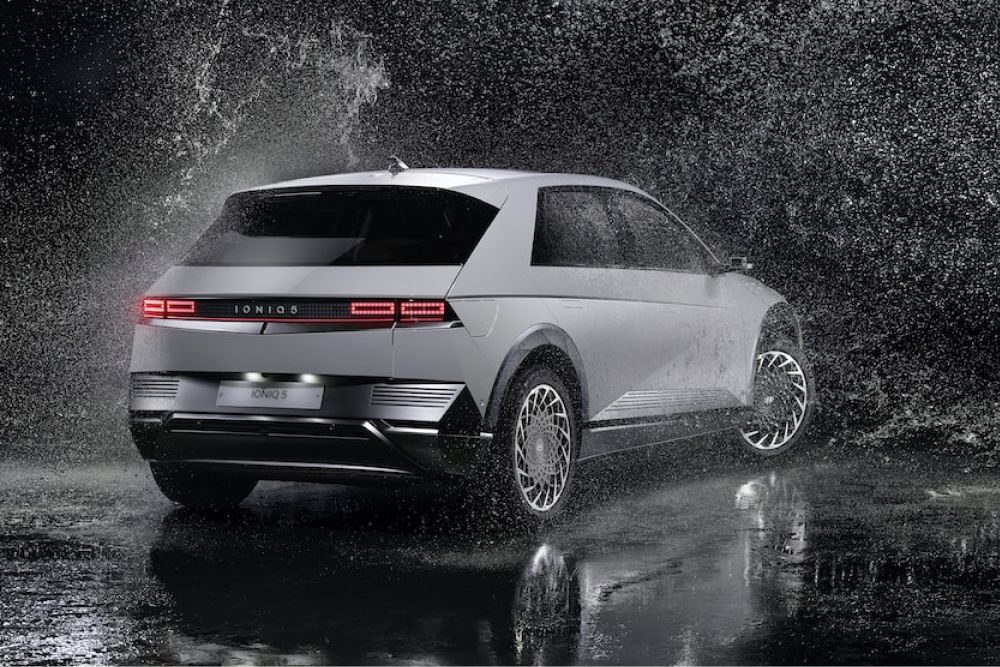
IONIQ 6: Its teardrop silhouette mirrors a stingray’s fluid motion, while the ducktail spoiler channels a dolphin’s dorsal fin.
